Native Wildflowers And A Turtle
Yesterday afternoon, Harland and I paid a visit to the summer pasture to check on the cows. The cows and their calves, along with the bulls are all fine (post to come later). While there, I took some pics of the native wildflowers, and also found an adorable reptile who posed nicely for his picture. First, the flowers:
This is White Wild Indigo:
Indigo is a member of the bean family. The blue variety of Indigo was used as a dye by the Native Amercians, who in turn taught the early settlers about its dye properties. They also used Indigo for an eye-wash, a purgative, and for treating nausea.
This is a Wooly Verbena:
Plains Indians used the leaves of Wooly Verbena to make a tea for stomachaches. It is very drought resistant as its roots descend 12 feet.
This is American Germander:
American Germander is a member of the mint family, so as we drove through the pasture we were surrounded by a minty smell.
This is Wild Bergamot, also known as Mint-Leaf Beebalm:
The flowers are especially attractive to bees, hence the name “beebalm”. Native Americans used it for the treatment of colds, fevers, stomach pains, respiratory problems, and acne.
Harland was driving the truck through the pasture and stopping when I pointed out a flower I wanted picture of, when he suddenly stopped on a dime and said, “You want to get a picture of him”.
“Him” was an Ornate Box Turtle, the Kansas state reptile. He was kinda shy.
I loved his bright red eyes. Only the males have the red eyes.
I finally was able to get a clear view of his face. He was cute in a reptilian way.
Ornate Box Turtles may spend their entire lives within just a few acres. They eat insects, spiders, worms and berries, and can live up to 30 years. In the fall, they dig a shallow burrow, and then hibernate until spring.
When he was done posing for his picture, he walked away, and got back to the serious business of looking for food.
After our visit with Mr. Box Turtle, we drove on to visit with the cows. I’ll have a post tomorrow about them including pics of the growing calves.
~~~~~~~~~~
[ad name=”Google Adsense”]

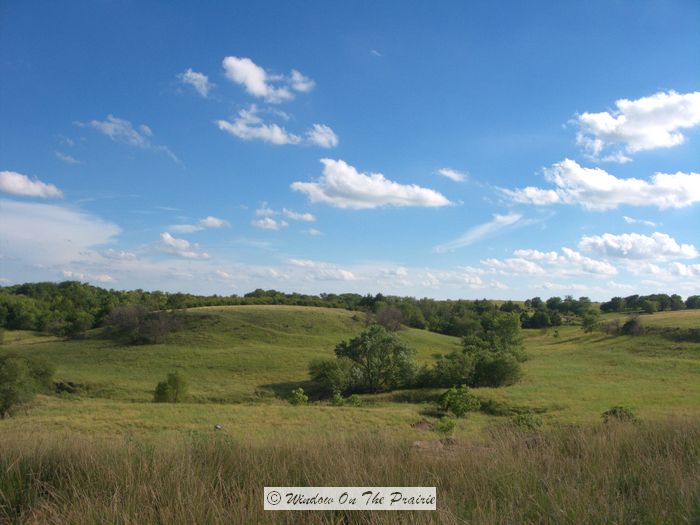
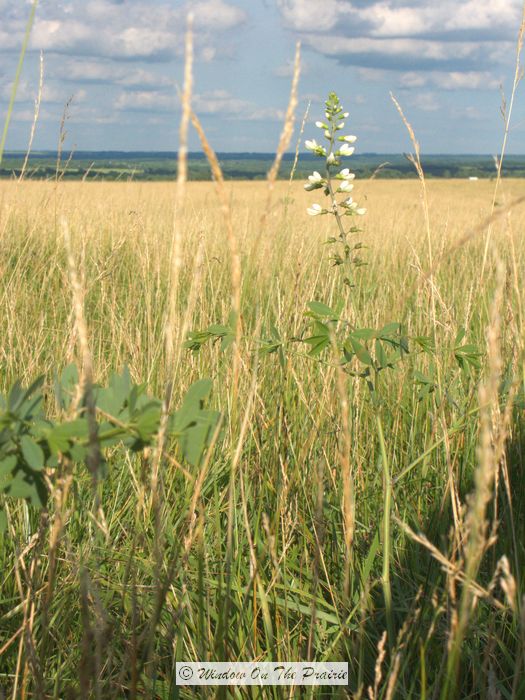
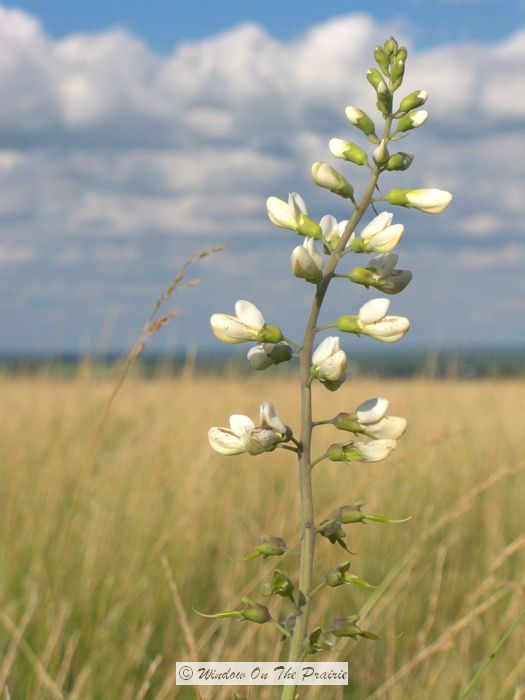

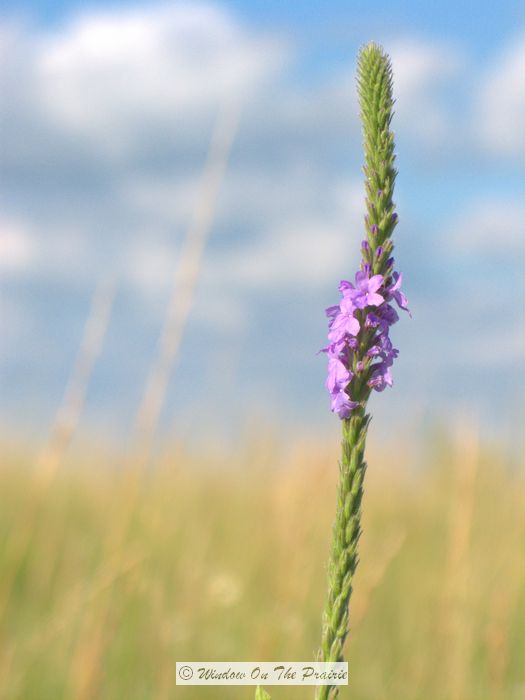
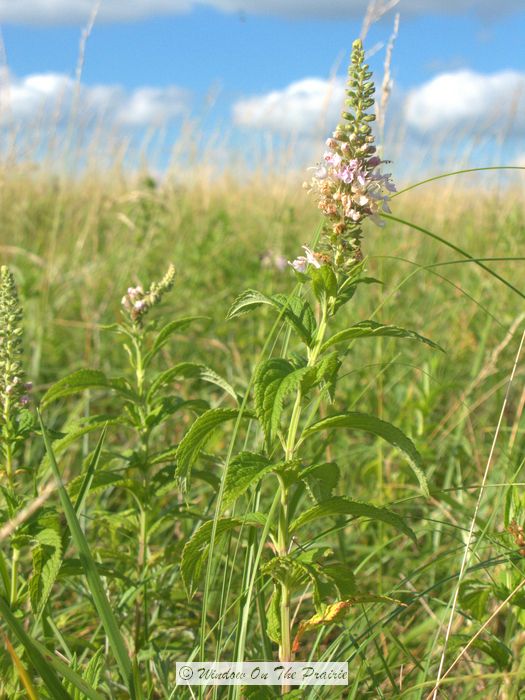
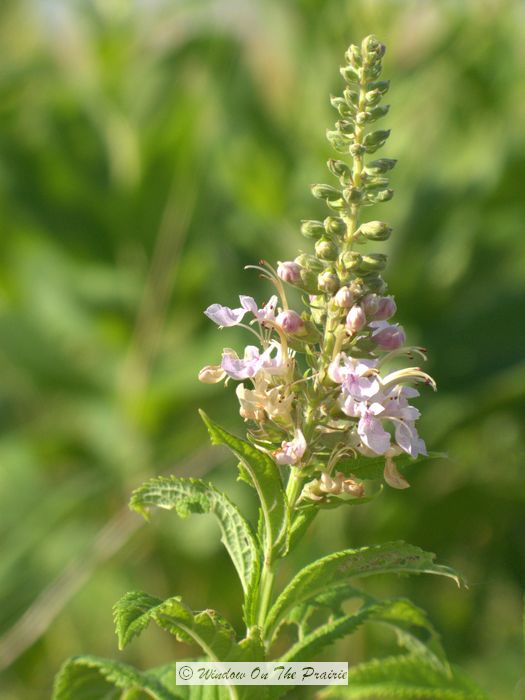
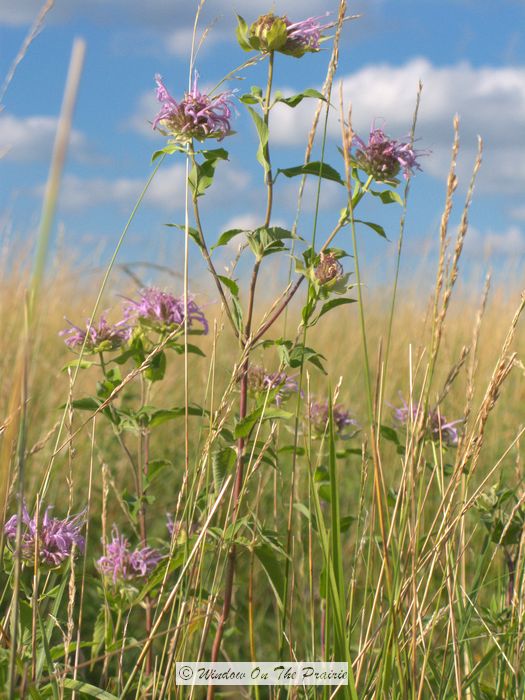
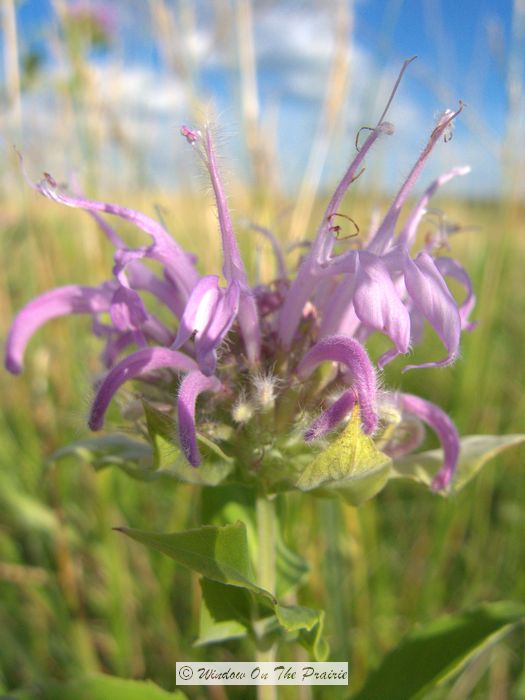
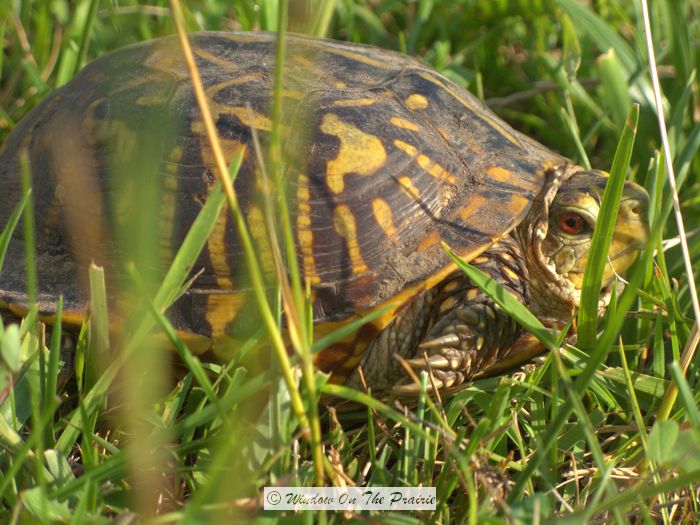
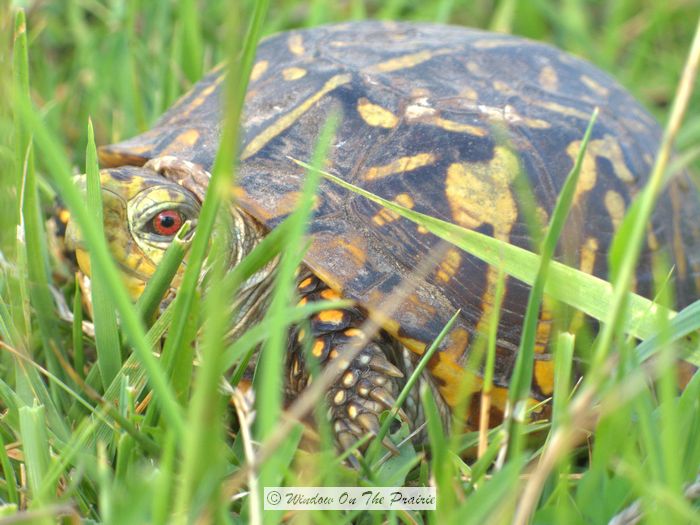
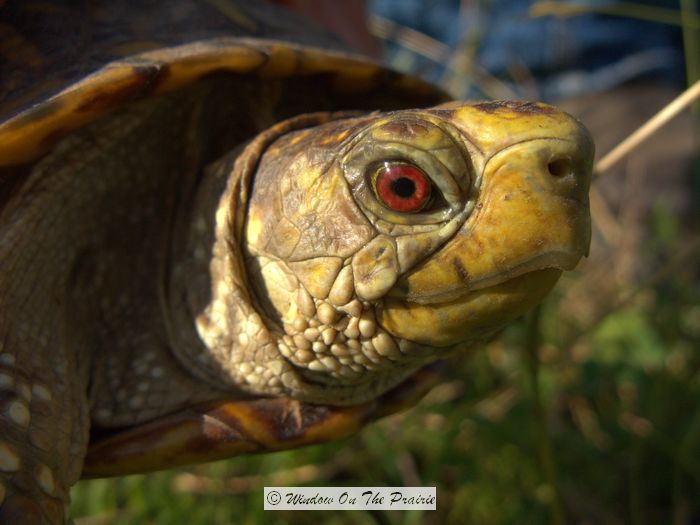
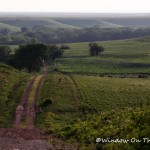

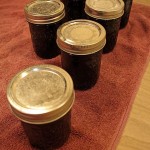

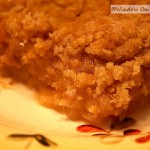
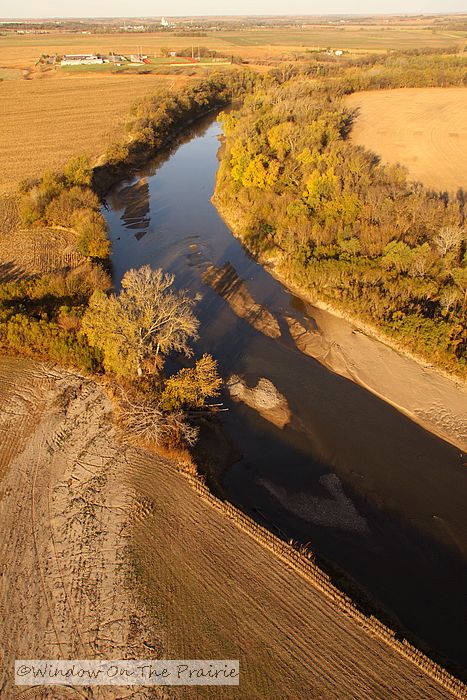

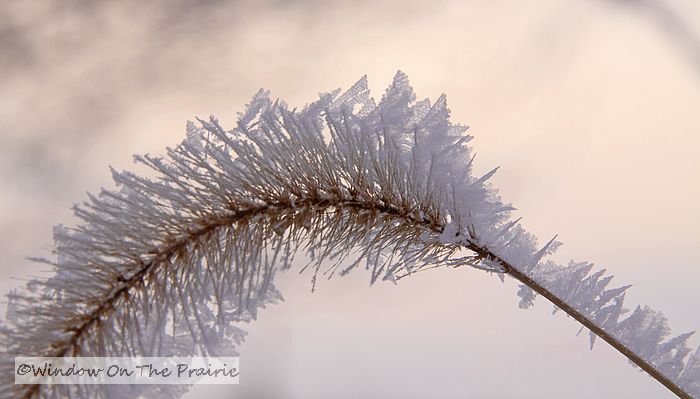
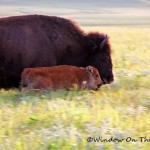
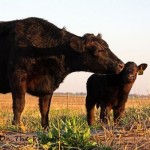
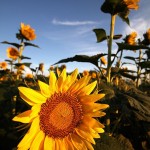
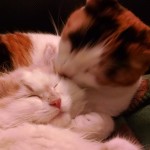

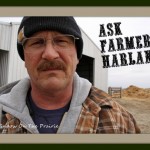




Nice tall wildflowers. I love finding turtles.
I enjoyed the wild flowers. Different than what we have in Appalachia and Middle TN. We have the same species of box turtles (terrapins) here.
Hi Glyndalyn,
I’ve been to Appalachia, but it was in the winter. Would love to visit again sometime.
Thank you,
Suzanne
I love that last picture of the turtle. He definitely looks like the strong silent type. I’m glad you had the wooly verbena pictures. I was just admiring some here today and racking my brain to try and remember what it was. You are truly like a walking encyclopedia with all of your herb/flower knowledge.
Hi Teresa,
Isn’t that turtle cute is a sort of ugly way? Glad you stopped by,
Suzanne
I agree, the turtle IS cute. We have one visit our compost pile sometimes, I’m always tickled to see him (?) ~now I’ll know, him/her~ My recent visitor was a garter snake eating an unlucky frog/toad…I know it’s just nature, but I didn’t enjoy that. At all. I much enjoy your flower photos, I feel as though I’m getting an education! Looking fwd to your calf post :o)
Hi Janet,
I don’t care for snakes either, but they serve a purpose, and are part of the whole package deal.
Take care,
Suzanne
Thanks for the wildflower information. Learning about their herbal uses is just as interesting as looking at the pretty pictures. I love plants.
Hello Maegan,
Seems that the Native Americans had a use for every native plant. Pretty neato.
Thanks for stopping,
Suzanne
I loved those pictures, they were just beautiful! And I think I might have even seen some of those names in herbal teas.. but I had to giggle at the turtle. For some reason I wasn’t expecting him! LOL
Tracy
Hi Crazy,
We weren’t expecting the turtle either, but he was a cutie.
Thanks for visiting,
Suzanne
Love your post today. Beautiful and informative. Thanks.
And I think your turtle is so very handsome!
Hello Doe of Mi
Thank you! Mr. Turtle thought he was handsome too.
Suzanne
Fun post to read!! Our harvest is over now too. A time of year that nothing compares to for sure! By the way, I loved your daylilies–beautiful!
Hi Melanie,
Our harvest will be finished today. I ran around the wheat field last evening taking pictures knowing they would be the last I would get this year. Will do a post tomorrow about it.
Thanks for stopping,
Suzanne
I loved the first photo the best! Great to have those rolling hills and beautiful sky to remember my weekend with.
Hi Glenda,
So enjoyed your visit. On your next visit, we will have to take a trip down to the pasture. It’s a beautiful place.
Take care,
Suzanne
Good to know what is blooming down there in Kansas. What about the Indian Paint Brush? Do you ever collect any seed from it? If so would you sell me some? I am way up in the Northeast Corner of Iowa and quite a ways from you. Indian Paintbrush is not common here but I saw you strolling through a field of them on you “ABOUT” page. I just wrote a similar blog yesterday and you can check it out if you wish
You live in a very special place and it’s great that you still have native prairie on your ranch.
Hello Earthyman,
The scarlett Indian paintbrush we found was actually out in Missouri. Unfortunately, we’ve not seen any growing around here in NE Kansas.
Thank you for stopping by, and I will pay a visit to your site,
Suzanne